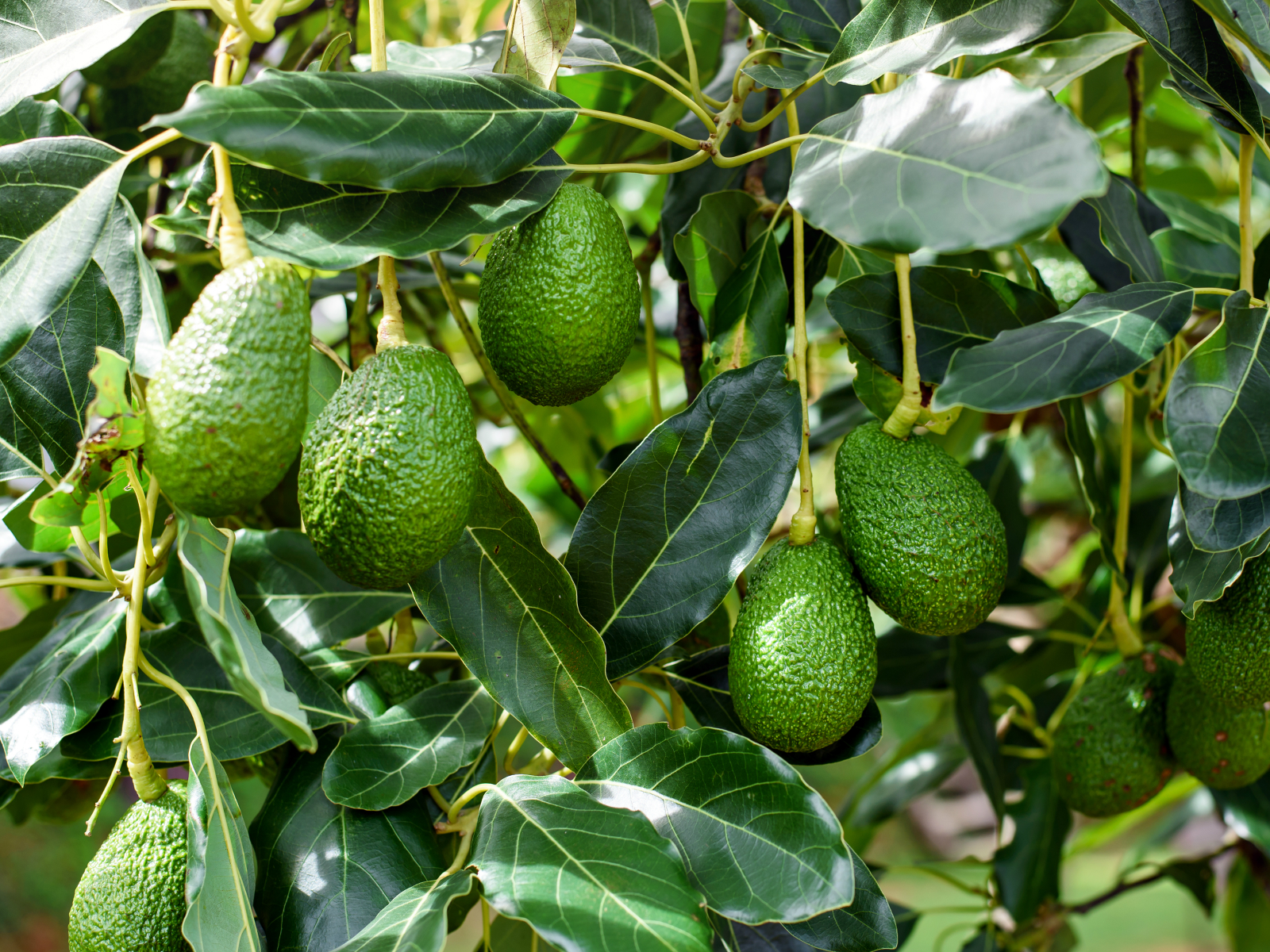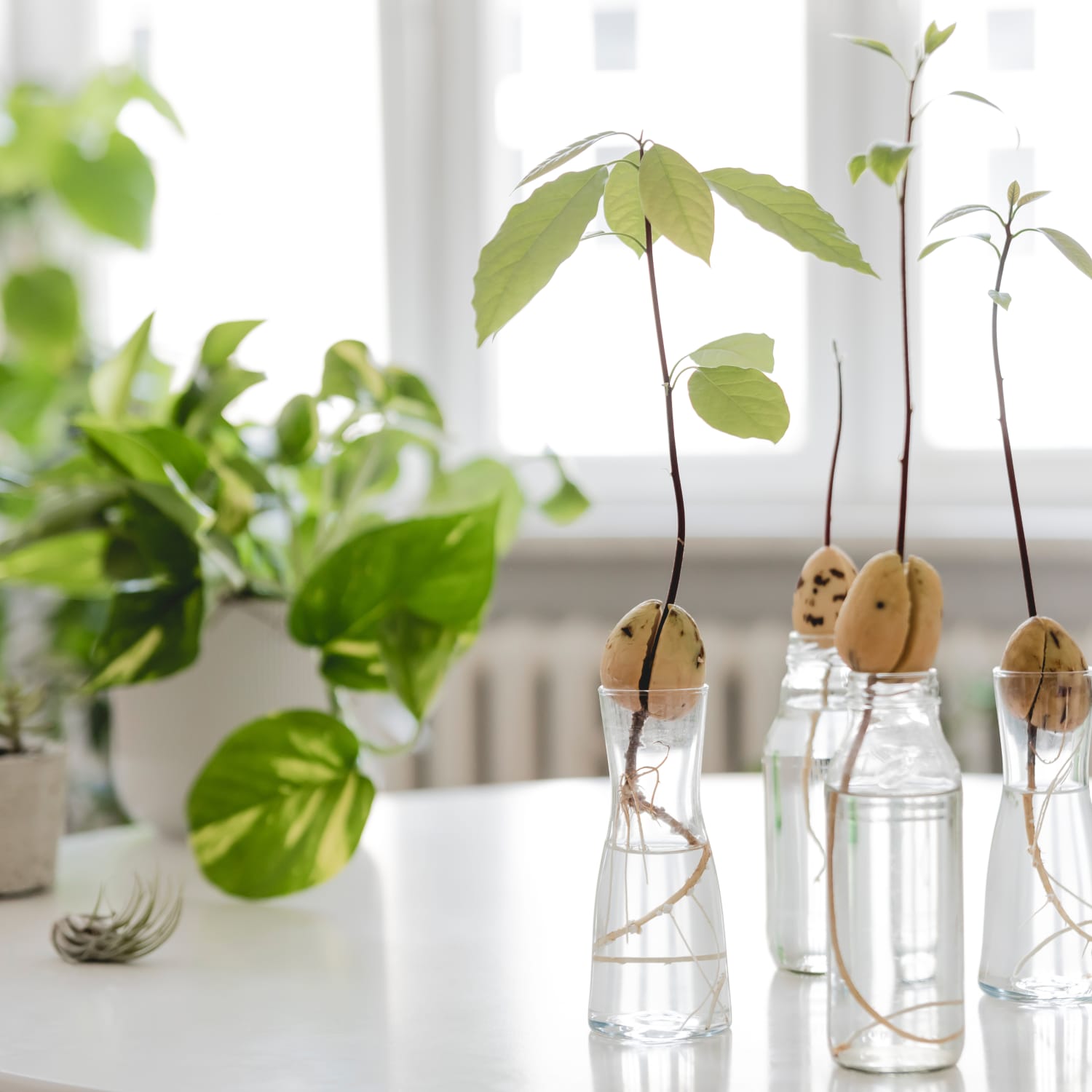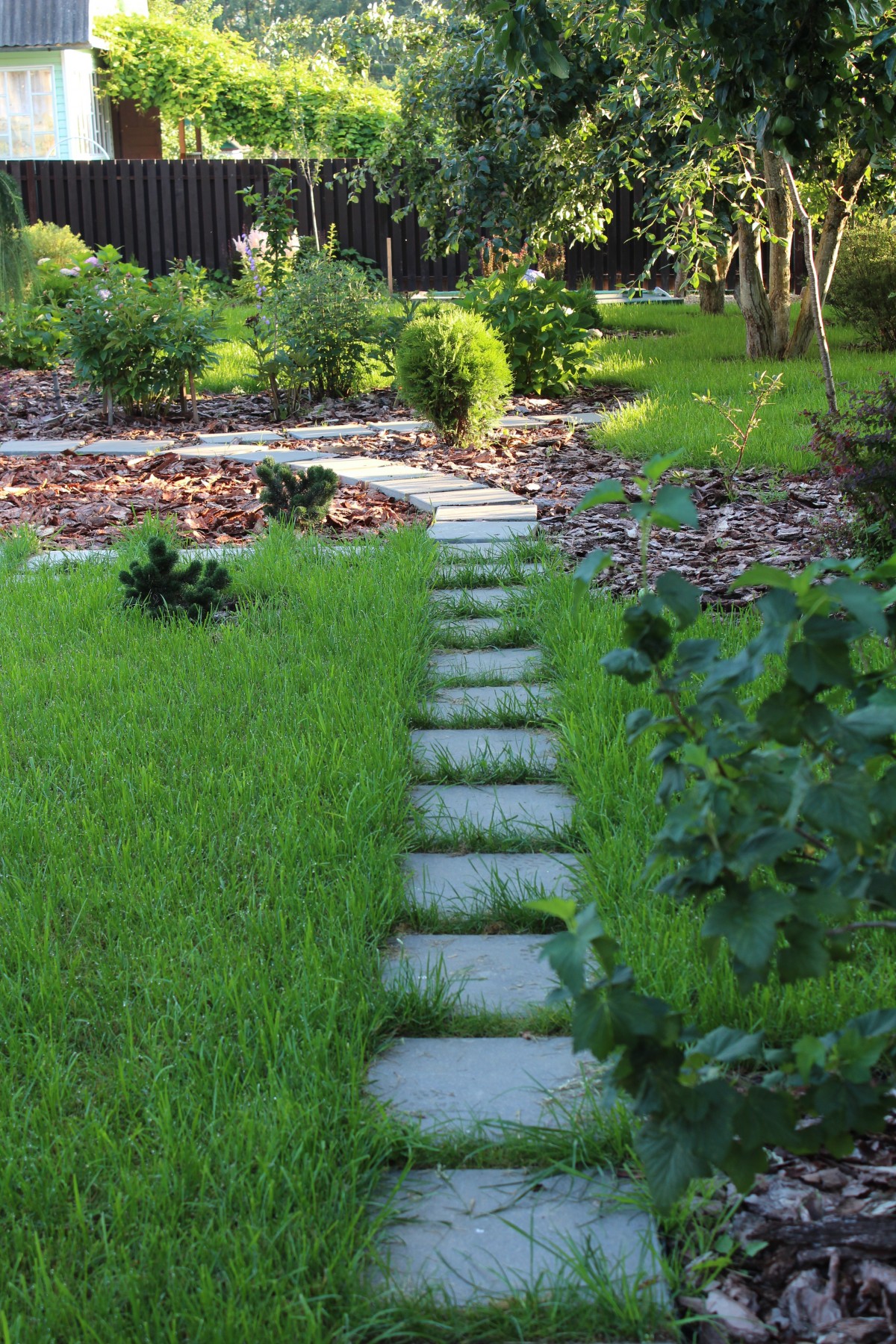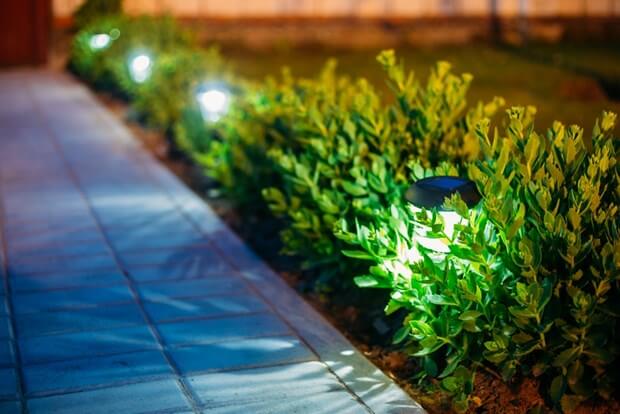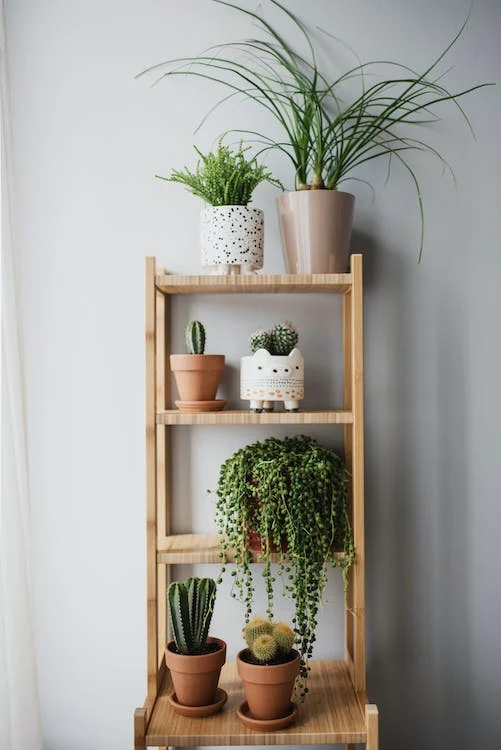Your avocado pit or avocado seed has successfully germinated and before you know it, you have a small avocado plant in your hands, about 15-30 cm tall.
This means it’s time for your plant to start growing in the right soil.
An avocado is a tropical plant. It will take some time to grow in colder climates where the temperature may drop below 10 degrees Celsius.
If you live in a cold climate, it is highly recommended that you plant your avocado plant in a pot and move it to ensure optimal exposure to favorable weather conditions.
Minimum Pot Size for Planting an Avocado Tree

If you want to plant an avocado tree in a pot, it should have a minimum ideal size of 60 liters. This does not mean that you have to plant it in a pot as soon as it germinates.
You can perfectly well transplant the plant into larger pots as and when the plant requires it. The only thing I’m going to ask of you in the pot you’re going to plant your avocado in is to make sure it has good drainage holes.
How to Plant Avocado Tree in a Pot
The avocado has a superficial root system and is very sensitive to flooded soil, it will not tolerate waterlogged soil for more than 2 days in a row, so it is important to put a substrate that allows good drainage.
If you are going to plant the avocado in a pot, you need to use a potting compost, for example a portion of peat moss or coco fiber, a portion of perlite or vermiculite and a portion of earthworm humus goes very well.
You can also use the typical commercial compost for pots or something that is starting to be marketed more and more, which is the special substrate for cacti.
When to Plant the Avocado Tree
The best time to plant an avocado is on a cool, moist day. Ideally, it should be done when the risk of frost has passed and in spring.
When transplanting to a larger pot, the availability of space and the new substrate, with organic matter and plenty of nutrients, will stimulate the plant to generate new growth.
If you transplant in the fall, these shoots will die in the cold of winter, so it is not convenient for you to transplant in the fall. I also don’t recommend transplanting in the summer, as you run the risk of the plant dehydrating.
When transplanting the avocado, it is very important to respect the beginning of the stem. It should be kept exactly as it was. The stem of the avocado tree is sensitive to moisture and if you bury it, you risk rotting it.
If the plant’s roots are very tangled, it is worth freeing some of its roots to stimulate its growth.
How to Prune a Potted Avocado Plant
If you intend to have your avocado in a pot, it is important that you stimulate the growth of the side branches of your plant. The classic way is to prune the top growth, which is simply pinching off the bud that comes out of the top of the plant.
You should prune the plant every year to maintain a rounded, branching plant. I recommend you prune the plant at the beginning of spring.
Taking Care of the Avocado Plant
The adult avocado will not have problems with the sun or light frosts, but while it is young, it is very important to protect it from extreme heat and cold conditions.
If the temperatures are below 10 degrees C, it is recommended to place our plant against a sunny wall that gives it warmth at night.
If the temperatures are below 0C, we will have to move the plant inside our house.
If the temperatures exceed 30C then I recommend you to put the plants in half-shade, it is common that when the sun burns, gray spots appear on the leaves.
Irrigation is also key. Too much irrigation rots the roots and the death of the plant is at hand. You should water when you notice the soil is dry. You need to look at the leaves. If the leaves turn yellow, it means they have a lot of water, but if the leaves turn brown at the tips, it means we are not watering much.
You now have the basic knowledge to take good care of your avocado plant. What tree you already have in your garden? Let me know in the comments below.
